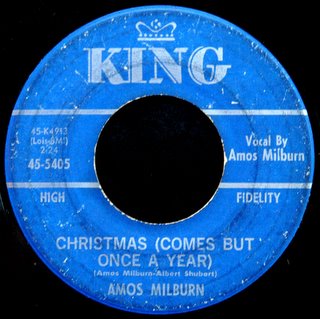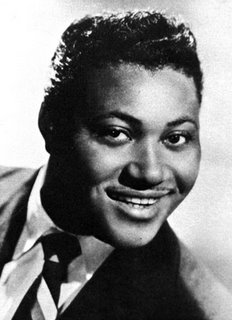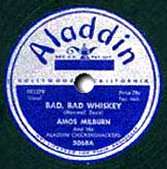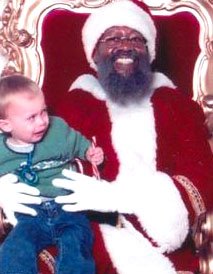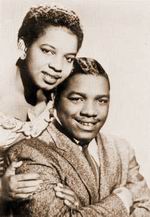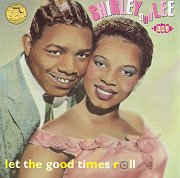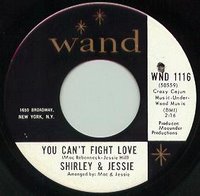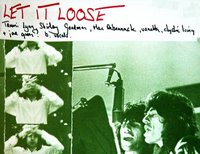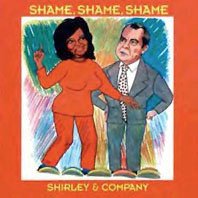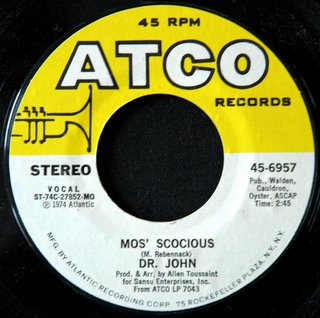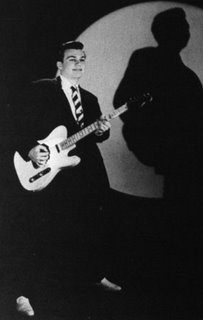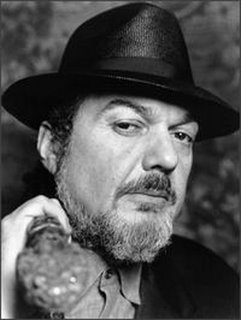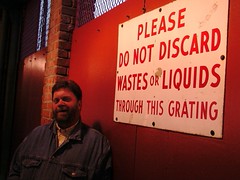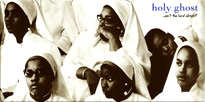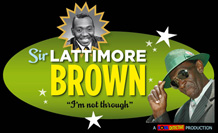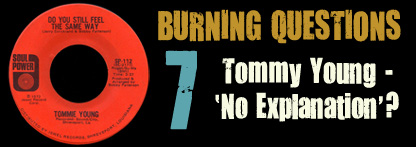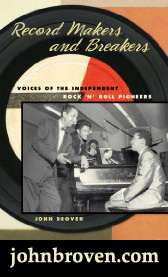Little Milton - Lovin' Stick (STAX 0148)
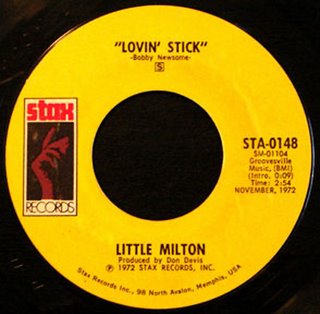
Lovin' Stick
James Milton Campbell grew up in the Mississippi delta, the son of local blues guitarist Big Milton (becoming forever "little"...). He developed his own unique country blues style, and performed in local juke joints and clubs with his band "The Playmates of Rhythm". Ike Turner heard him playing around Clarksdale, and brought him to the attention of Sam Phillips at Sun Records over in Memphis.
 Milton signed with Sun in 1953, joining the likes of Howlin' Wolf and Junior Parker at the very roots of rock & roll. By 1954, Phillips had signed another Mississippi musician by the name of Elvis Presley and essentially turned his back on Sun's black talent.
Milton signed with Sun in 1953, joining the likes of Howlin' Wolf and Junior Parker at the very roots of rock & roll. By 1954, Phillips had signed another Mississippi musician by the name of Elvis Presley and essentially turned his back on Sun's black talent.Following Ike Turner's lead once again, Milton moved to St. Louis where he became co-founder and A&R man of Bobbin Records, giving artists like Albert King and Fontella Bass their first break. When his own single I'm A Lonely Man became a big regional hit in 1959, Chess Records worked out a deal as distributor for Bobbin.
Campbell became friends with Leonard Chess around this time, eventually signing with his Checker subsidiary the following year. When Blind Man crossed over onto the pop charts in 1964 it got the attention of Chess, and he assigned his A-Team of songwriters, Carl Smith and Raynard Miner (think "Rescue Me", "Higher and Higher"...) to come up with something for Little Milton. The resultant We're Gonna Make It shot straight to the top of the R&B charts (#35 pop) in the summer of 1965, and became somewhat of an anthem for the Civil Rights Movement, establishing Milton as a huge success. He continued to chart regularly for Checker with classics like Grits Ain't Groceries, If Walls Could Talk and Who's Cheating Who up until Leonard Chess' death in 1969.
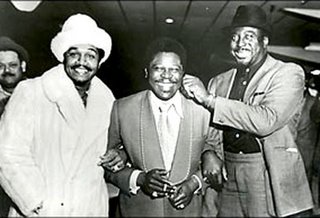 He signed with Stax shortly thereafter, and kept on keepin' on with great records like Walking The Back Streets And Crying. Here's a photo of Milton from around this time with B.B. and Albert King... love the threads! Today's B side is the flip of Rainy Day and was released in 1972. Written by The Vontastcs' Bobby Newsome, it rocks with the same great Don Davis production of so much other Stax Wax from this period. Dig that crazy harmonica, baby!
He signed with Stax shortly thereafter, and kept on keepin' on with great records like Walking The Back Streets And Crying. Here's a photo of Milton from around this time with B.B. and Albert King... love the threads! Today's B side is the flip of Rainy Day and was released in 1972. Written by The Vontastcs' Bobby Newsome, it rocks with the same great Don Davis production of so much other Stax Wax from this period. Dig that crazy harmonica, baby!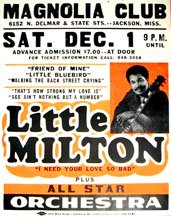 Little Milton toured constantly throughout his career, playing small clubs all over the South, further solidifying his place as one of the giants of Southern Soul and Blues.
Little Milton toured constantly throughout his career, playing small clubs all over the South, further solidifying his place as one of the giants of Southern Soul and Blues.When Stax went under in 1975, Milton recorded a few singles for the funky Glades label, as well as an album for MCA in 1983. The following year he came home for good, signing with Jackson Mississippi's Malaco Records. It was here that he wrote and recorded what was to become his signature tune for the rest of his life, The Blues Is Alright. The international success of this rockin' love song to the groove put him right back on top.
I saw him at the fabled Apollo Theater in NYC in 1988, and he just blew me away! The audience knew every word to like song after song, really bringing home to this suburban white boy what a big star Little Milton was in the black community. That same year he recieved the W.C. Handy Award and was inducted into The Blues Hall of Fame.
He would go on to record 14 albums for Malaco, culminating in Welcome To Little Milton, a kind of tribute album that featured folks like Lucinda Williuams, Keb Mo', and Delbert McClinton and earned him a Grammy nomination in 2000.
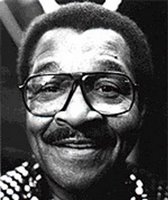 Little Milton released Think Of Me this past May on the Telarc label. He suffered a massive stroke less than two months later, and died in Memphis on August 4th.
Little Milton released Think Of Me this past May on the Telarc label. He suffered a massive stroke less than two months later, and died in Memphis on August 4th.He was 70 years old.
I'm gonna miss him.
I'd like to take this opportunity to say goodbye to some of the other greats who passed on in 2005:
Shirley Goodman Pixley - sweetheart of the B side
Joe "Boogaloo" Jones - the Talk Too Much man
Clarence "Gatemouth" Brown - indirect casualty of Katrina
Harry "Big Daddy" Hypolite - the zydeco blues guitar great
Eddie Shuler - legendary proprietor of Goldband Records
John Fred - Louisiana playboy
Tyrone Davis - Chicago Soul's 'wonder boy'
Jimmy Smith - father of the funky organ
George Scott - founding Blind Boy of Alabama
R.L. Burnside - in heaven sittin' down
Johnnie Johnson - Chuck Berry's piano pioneer
Lyn Collins - The Female Preacher
Willie Hutch - Motown giant
Luther Vandross - smooth as silk
Ray Davis - original Parliament/Funkadelic wildman
Obie Benson - original Four Top
Detroit Junior - blues legend
I'm sure you'll join me in offering condolences to their families and friends... knowing they will live on forever through the legacy of great music they've left behind.
Now let's get together and boot this most tragic of years out the door, and hope for better days in 2006.
See ya next year!

